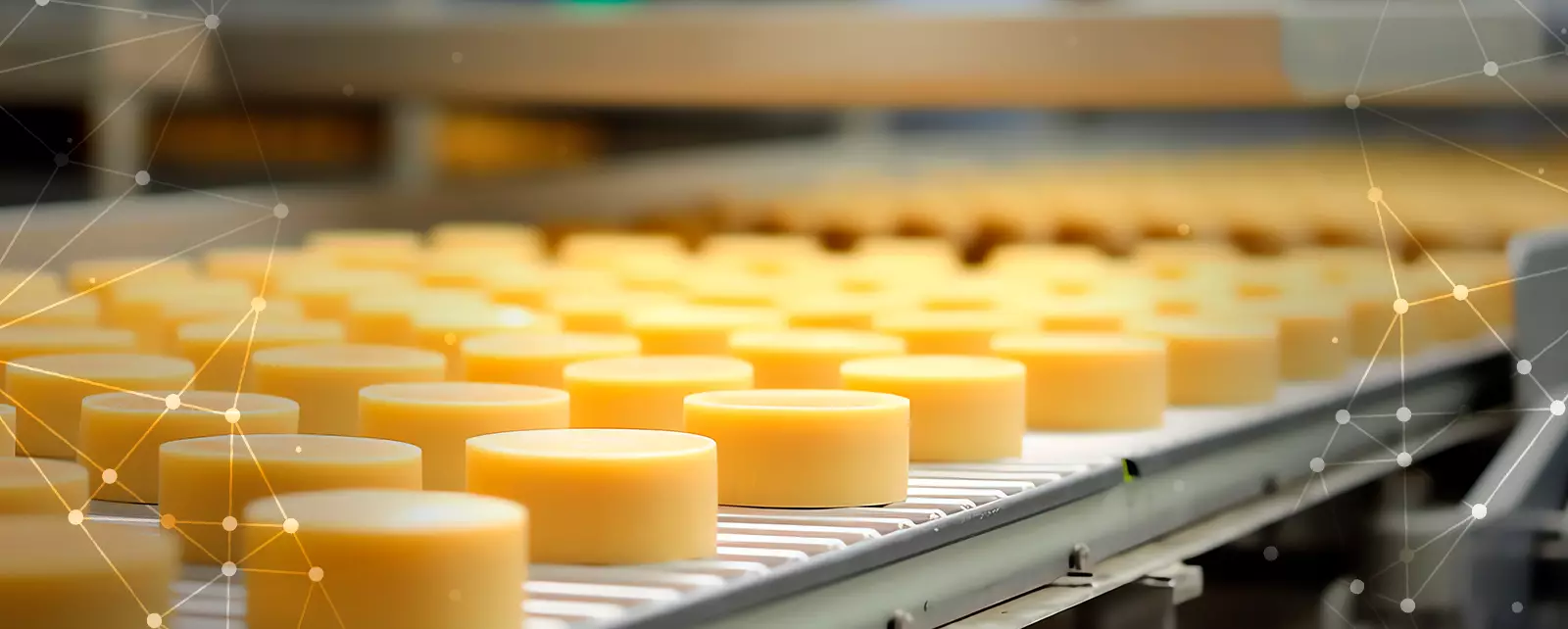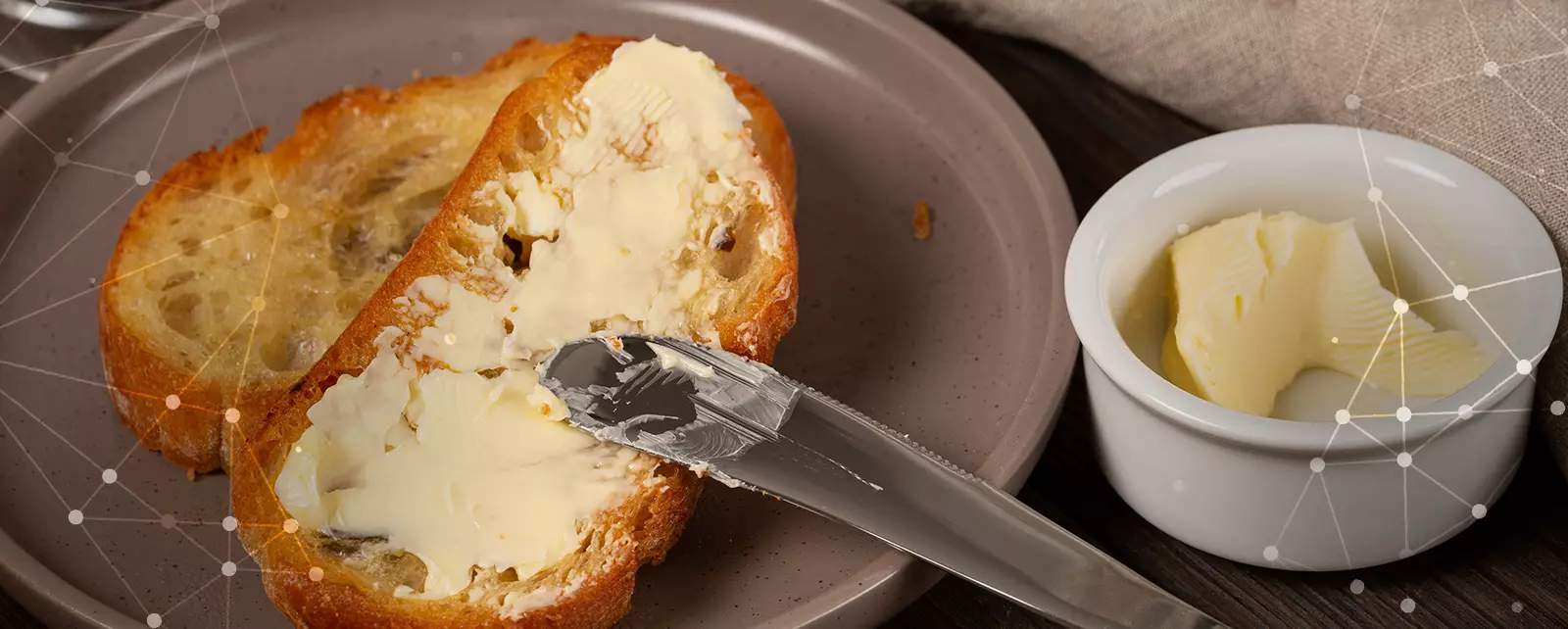For U.S. importers, understanding consumption trends and butter preferences in the U.S. market is crucial for capitalizing on opportunities in this dynamic and growing sector. The demand for high-quality butter from Latin America is increasing, driven by factors such as growing awareness of the health benefits of natural fats, the popularity of butter for baking and cooking, and the preference for natural and authentic food products.
In this article, we will explore the key aspects of the U.S. market for importing butter from Latin America, providing valuable information for entrepreneurs looking to enter this sector. We will cover topics such as market growth, major butter-exporting countries in Latin America, production capacity, types of butter in high demand, processing preferences, consumption trends, factors influencing demand, and innovations in production. Finally, we will analyze the opportunities for U.S. importers of Latin American butter.
Index:
2. Latin American Countries Exporting the Most Butter to the United States
8.Why Latin America is an ideal source for importing butter to the United States
The butter market in the United States has experienced steady growth in recent years. According to the U.S. Department of Agriculture (USDA), per capita butter consumption in the United States reached 22 pounds in 2023, a 2% increase compared to 2022. This growth is attributed to several factors, including:
Research has shown that natural fats, such as those found in butter, can offer health benefits like improved cognitive function and reduced risk of heart disease.
Butter is an essential ingredient in the kitchen, used in a wide variety of sweet and savory dishes. Its rich flavor and texture make it a favorite among home cooks and professionals alike.
U.S. consumers are increasingly interested in natural and authentic food products, and butter fits this trend perfectly.
The main butter-exporting countries to the United States in 2023 were:
Mexico: Mexico is the leading butter exporter to the United States, with a total of 120,000 tons in 2023.
Argentina: Argentina is the second-largest butter exporter to the United States, with a total of 80,000 tons in 2023.
Uruguay: Uruguay is the third-largest butter exporter to the United States, with a total of 60,000 tons in 2023.
Brazil: Brazil is also an important butter exporter to the United States, with a total of 40,000 tons in 2023.
Colombia: Colombia is an emerging butter exporter to the United States, with a total of 20,000 tons in 2023. These countries have a long tradition of milk and butter production and have developed a solid infrastructure for exporting their products.

The butter production capacity in Latin America is significant. According to the FAO, the region produced a total of 5 million tons of butter in 2023. This production is expected to continue growing in the coming years, driven by increasing internal and external demand. The main butter-producing countries in Latin America in 2023 were:
Brazil: Brazil is the leading butter producer in Latin America, with a production of 1.5 million tons in 2023.
Mexico: Mexico is the second largest producer of butter in Latin America, with production of 1 million tons of Mexican butter in 2023.
Argentina: Argentina is the third-largest butter producer in Latin America, with a production of 800,000 tons in 2023.
Colombia: Colombia is an important butter producer in Latin America, with a production of 500,000 tons in 2023.
Uruguay: Uruguay is an emerging butter producer in Latin America, with a production of 300,000 tons in 2023. These countries have large dairy herds and modern infrastructure for butter production.
The types of butter in highest demand in the United States are:
Salted Butter: Salted butter is the most popular in the United States, accounting for about 70% of total consumption. It is used in a wide variety of dishes, from toast and pancakes to sauces and baked goods.
Unsalted Butter: Unsalted butter is preferred by some consumers who want to control their sodium intake or seek a more neutral flavor for baking and cooking.
Organic Butter: Organic butter is gaining popularity among consumers looking for natural and sustainable food products. It is produced with milk from cows raised without antibiotics or artificial growth hormones.
Cultured Butter: Cultured butter is a type of butter that has been fermented with live bacterial cultures. It has a more intense flavor and aroma than regular butter.
In the United States, consumers are increasingly inclined towards natural and minimally processed food products, and butter is no exception. This preference has transformed the butter market, favoring varieties that are pure and free from artificial additives or preservatives.
The demand for traditionally processed and organic butters has grown significantly. Traditional butter production methods, which involve processes like churning fresh cream, are valued for maintaining the authentic flavor and nutritional properties of the product. Organic butter, produced without the use of pesticides, hormones, or antibiotics, has also gained popularity among health and environmentally conscious consumers. These butters often come from grass-fed cows and are managed under sustainable agricultural practices, adding additional value for consumers aware of food origins and quality.
In addition to traditional and organic varieties, convenience is another key factor influencing consumer preferences. Whipped butter, which has a lighter texture and is easier to spread, is very popular for use on bread and other breakfast items. This variant offers the same quality and flavor as regular butter but with greater ease of use. Similarly, individually portioned butter has gained popularity, especially in the food service sector and among consumers looking to better control their portions. These presentations are convenient for on-the-go use and simplify storage, making them ideal for busy households and use in restaurants and cafes.

U.S. consumers are increasingly seeking natural and authentic food products. Butter, as a minimally processed dairy product, perfectly aligns with this preference, offering an authentic flavor that cannot be replicated by artificial substitutes.
Natural fats, such as those found in butter, offer crucial health benefits, including nutrient absorption and brain health support. As awareness of these benefits grows, consumers are choosing butter as a healthy source of essential nutrients.
The versatility of butter in baking and cooking is another important factor. Its ability to enhance sweet and savory dishes drives its global demand, being appreciated by both professional chefs and home cooks for its rich flavor and texture.
The convenience of non-perishable dairy products, including butter, aligns with modern lifestyles. Consumers prioritize products with longer shelf lives and easy storage options, contributing to sustained demand.
In emerging markets, changing consumer preferences and increasing exposure to global culinary trends drive butter demand. This ingredient is becoming a desirable component in diverse cuisines, fostering its popularity.
As incomes rise globally, consumers are willing to invest in high-quality food products, including butter. Its perceived quality, flavor, and versatility make it a preferred choice among higher-income consumers.
Growing awareness of environmental and health concerns is driving the demand for organic food options. Butter, as a natural and organic option, is highly sought after in response to these consumer preferences.
The rich and distinctive flavor of butter adds depth and pleasure to various dishes, increasing its demand. Its use in baking and gourmet cooking makes it an indispensable ingredient.
The rise of artisanal and specialty food trends has driven demand for high-quality, small-batch butter. Discerning consumers seek exclusive and high-quality products, leading to increased popularity for artisanal butters.
Butter production has seen significant advances in recent years, driven by the demand for high-quality and sustainable products. Innovations in butter production include:
Separation Technology: New technologies have been developed to separate cream from milk more efficiently, resulting in higher butter production.
Continuous Processing: Continuous processing systems have been implemented to automate butter production, improving efficiency and product quality.
Temperature and Humidity Control: New equipment has been developed to control temperature and humidity during butter production, resulting in more consistent and high-quality butter.
Packaging: New packaging materials have been developed to extend butter's shelf life and preserve its freshness.
1. Quality standards and experience: Latin American countries such as Argentina, Brazil and Uruguay have strong dairy industries with a long tradition of producing high-quality butter. For example, Argentina, the second largest exporter of butter to the US in 2023, maintains strict quality controls and modern production facilities, ensuring consistent product excellence. This commitment to quality aligns perfectly with the growing consumer preference in the US for natural and authentic food products.
2. Competitive prices: Importing butter from Latin America can offer significant cost advantages. For example, countries such as Brazil and Uruguay benefit from economies of scale due to their large dairy herds and efficient production processes. This results in competitive prices for its butter exports, making Latin American products attractive in price-sensitive markets.
3. Timely delivery and proximity: Proximity plays a crucial role in logistics and supply chain efficiency. Latin American countries are strategically positioned relative to the US, allowing for shorter shipping times compared to other global suppliers such as Europe or Oceania. This proximity not only reduces transportation costs but also guarantees fresher products upon arrival, meeting consumers' expectations of quality and freshness.
4. Diversity of product offerings: Latin American butter producers cater to a variety of market preferences, from traditional salted and unsalted butters to organic and specialty varieties. This diversity allows U.S. importers to access a wide range of products that appeal to different consumer segments, improving market penetration and flexibility.
5. Trade agreements and regulatory alignment: Many Latin American countries benefit from trade agreements and regulatory harmonization with the United States, which facilitates smoother import processes and reduces trade barriers. This framework ensures compliance with US food safety standards and regulations, providing importers with confidence regarding product integrity and legal compliance.
6. Sustainable and organic options: Sustainability and organic practices are gaining ground in Latin American dairy production. According to a report from the Food and Agriculture Organization (FAO), organic milk production in Latin America is expected to reach 1.2 million tons by 2024, driven by growing consumer demand. This translates to a broader selection of organic butter for U.S. importers serving the growing health-conscious market.!
Stay ahead with expert perspectives delivered straight to your inbox.